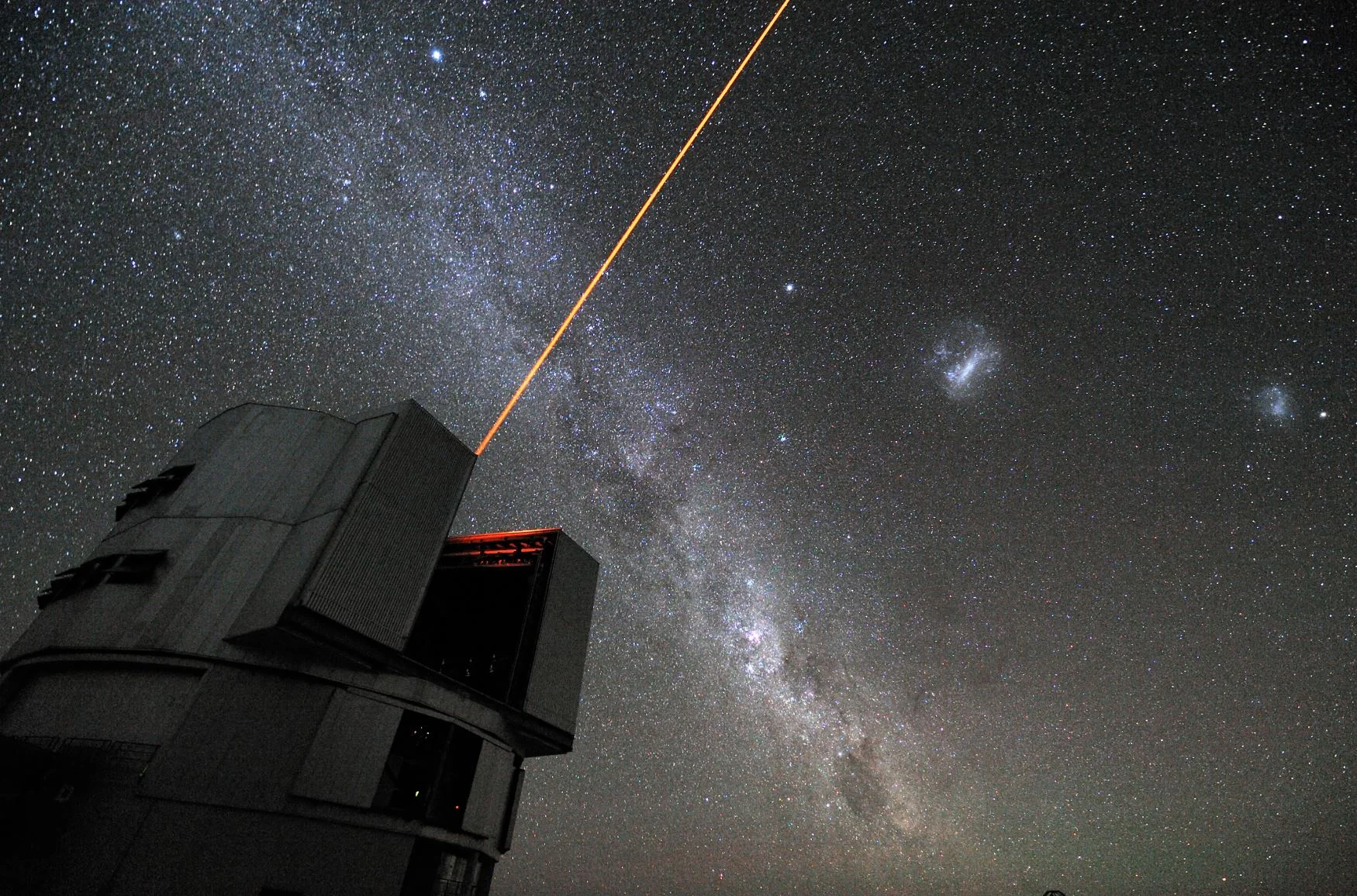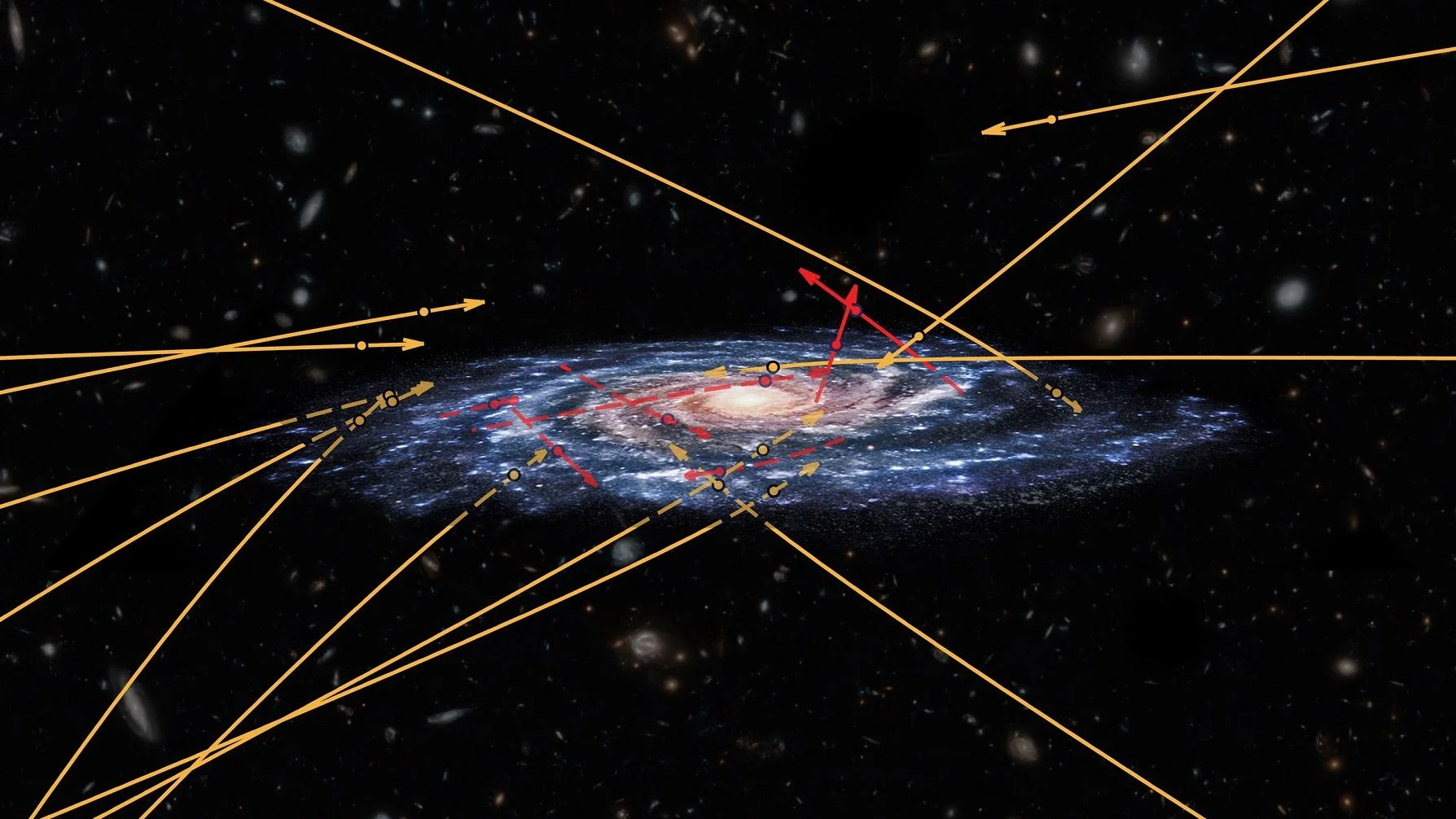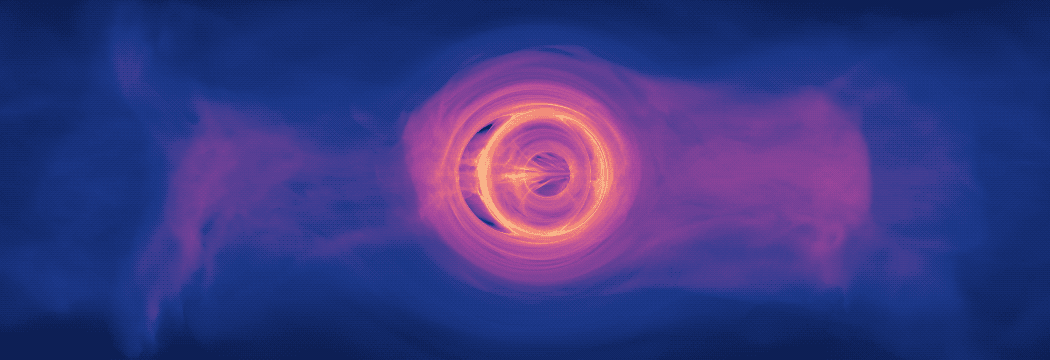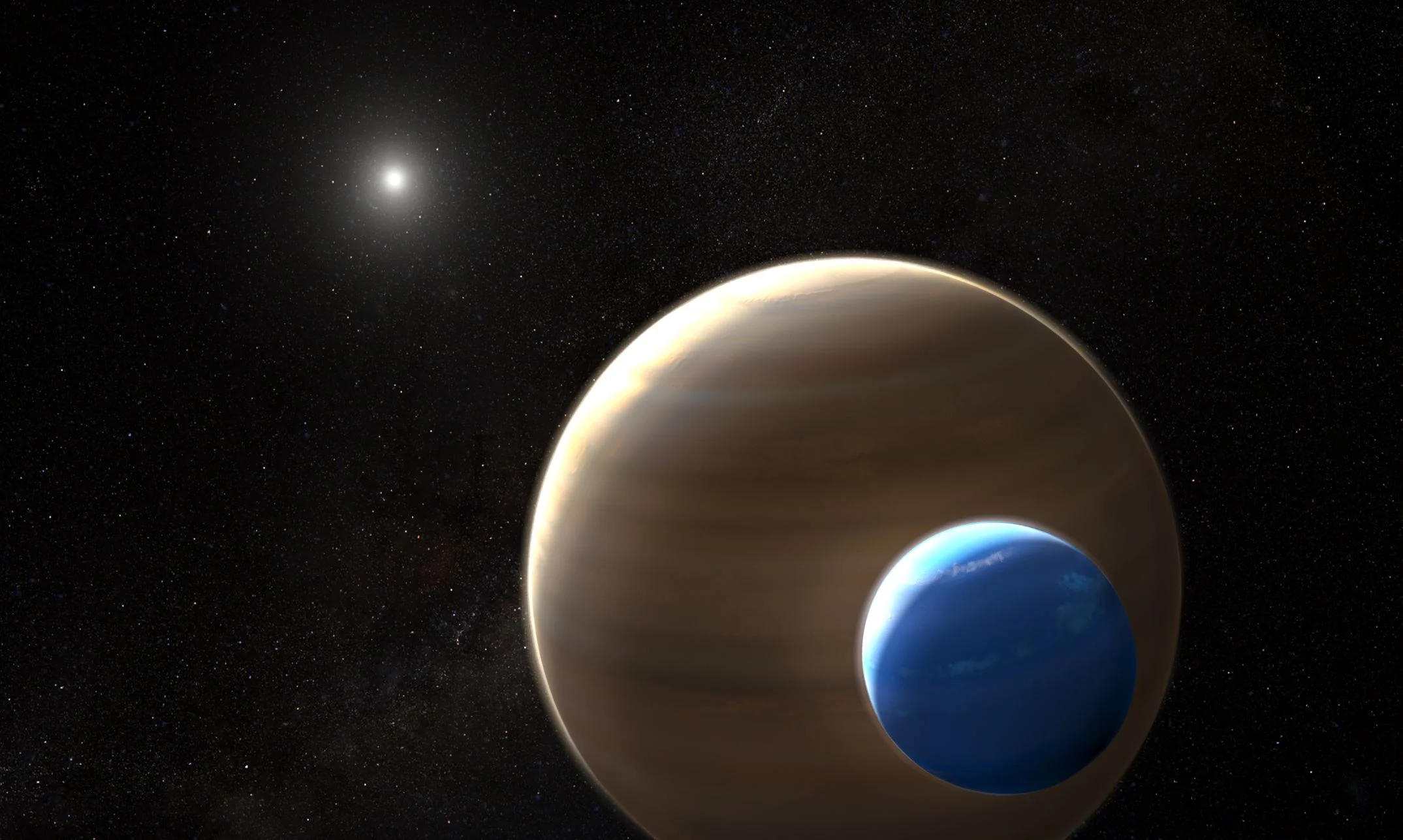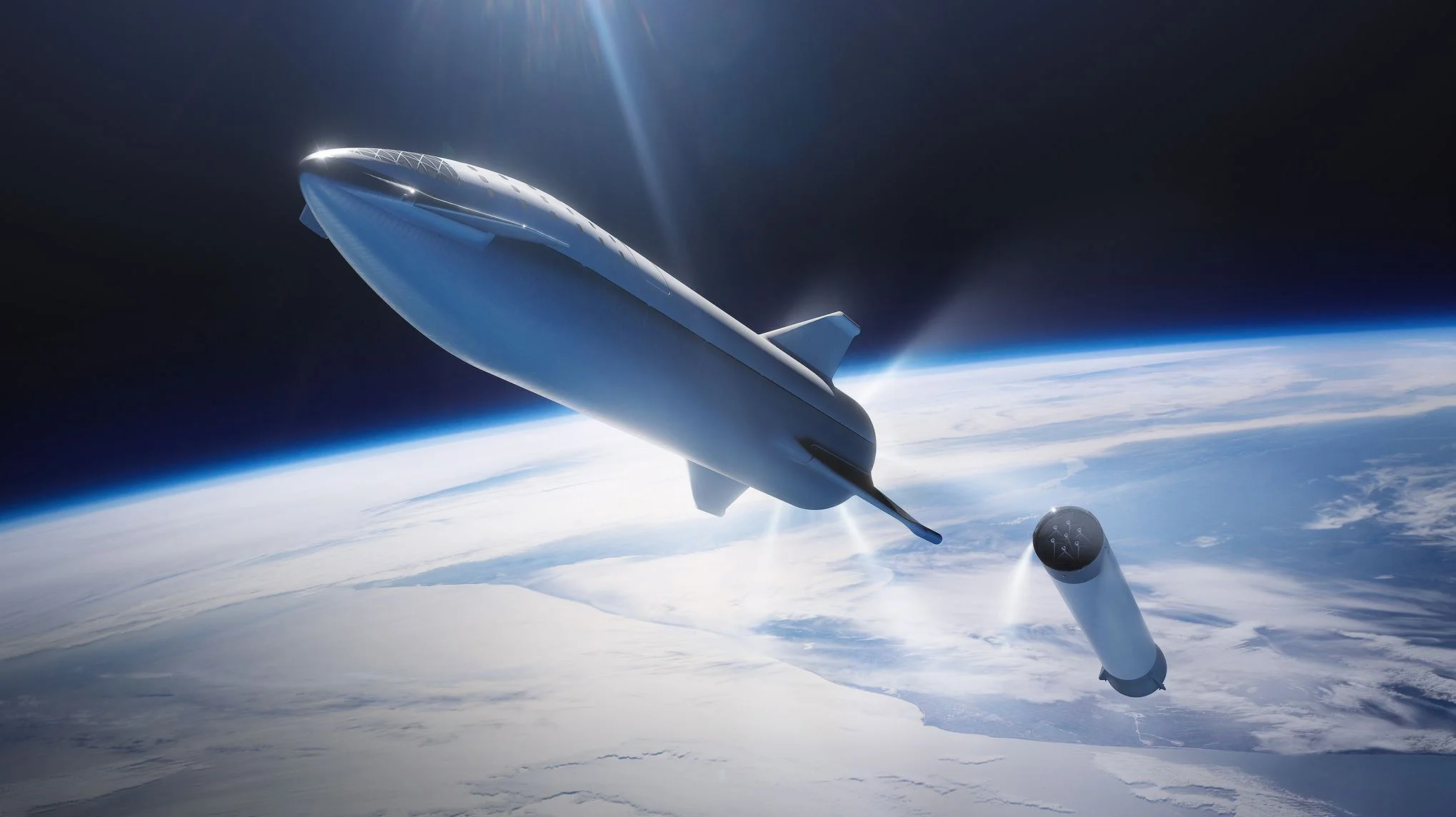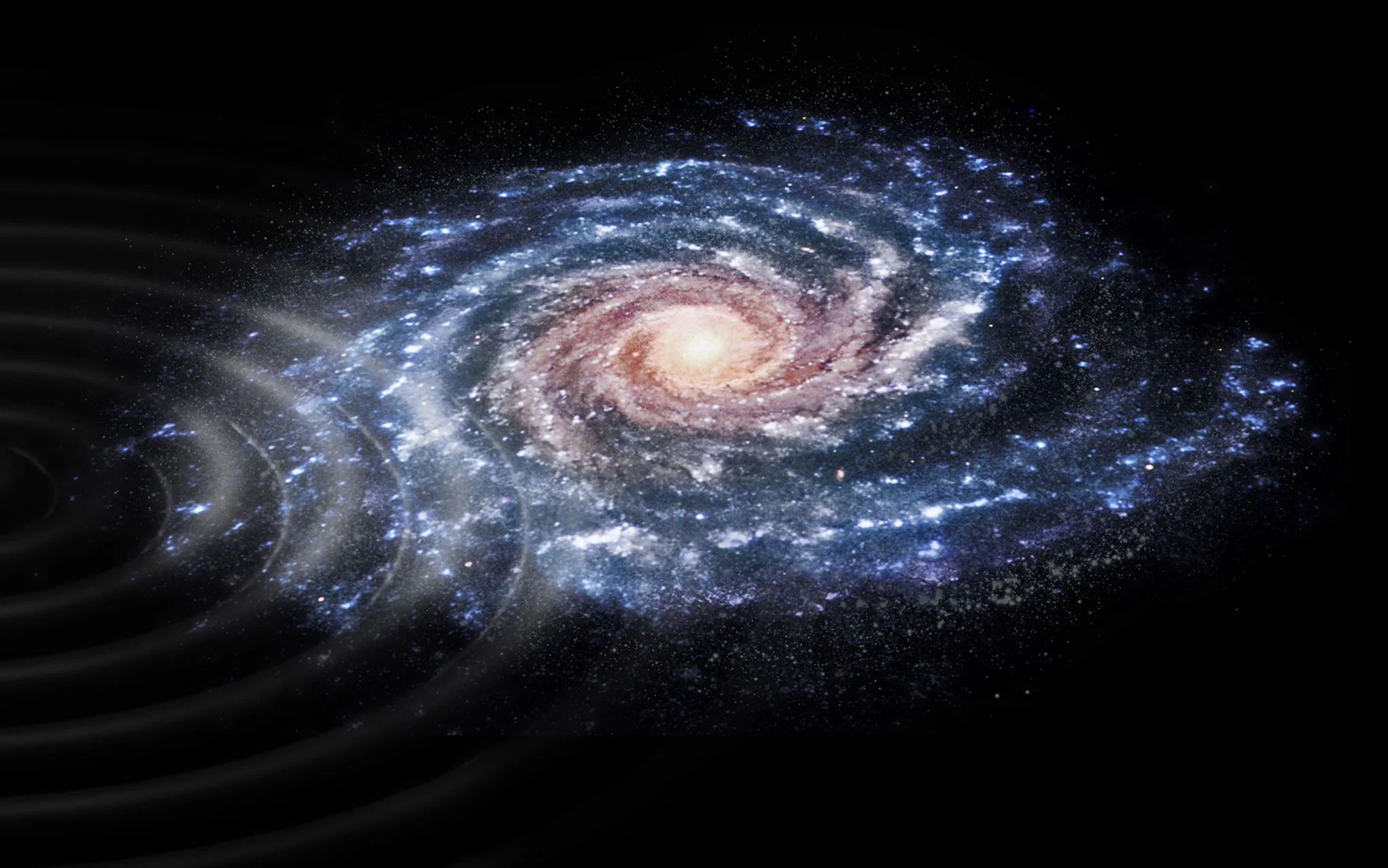One of the most cited reasons and benefits of space exploration is the way it brings people together. Think of iconic moments, like the Moon Landing or the launch of Yuri Gagarin (the first man to go into space), and the impact they had on their respective generations. Looking to the future, there are many who hope to use space exploration to bring people from all walks of life and nationalities together again.
How we solved a centuries-old mystery by discovering a rare form of star collision
A bright new star appeared in the sky in June, 1670. It was seen by the Carthusian monk Père Dom Anthelme in Dijon, France, and astronomer Johannes Hevelius in Gdansk, Poland. Over the next few months, it slowly faded to invisibility. But in March 1671, it reappeared – now even more luminous and among the 100 brightest stars in the sky. Again it faded, and by the end of the summer it was gone. Then in 1672, it put in a third appearance, now only barely visible to the naked eye. After a few months it was gone again and hasn’t been seen since.
The Milky Way Could Be Spreading Life From Star to Star
For almost two centuries, scientists have theorized that life may be distributed throughout the Universe by meteoroids, asteroids, planetoids, and other astronomical objects. This theory, known as Panspermia, is based on the idea that microorganisms and the chemical precursors of life are able to survive being transported from one star system to the next.
Next Generation Telescopes Could Use “Teleportation” to Take Better Images
Telescopes have come a long way in the past few centuries. From the comparatively modest devices built by astronomers like Galileo Galilei and Johannes Kepler, telescopes have evolved to become massive instruments that require an entire facility to house them and a full crew and network of computers to run them. And in the coming years, much larger observatories will be constructed that can do even more.
‘Pulsar in a Box’ Reveals Surprising Picture of a Neutron Star’s Surroundings
An international team of scientists studying what amounts to a computer-simulated “pulsar in a box” are gaining a more detailed understanding of the complex, high-energy environment around spinning neutron stars, also called pulsars. The model traces the paths of charged particles in magnetic and electric fields near the neutron star, revealing behaviors that may help explain how pulsars emit gamma-ray and radio pulses with ultra precise timing.
NASA Voyager 2 Could Be Nearing Interstellar Space
NASA's Voyager 2 probe, currently on a journey toward interstellar space, has detected an increase in cosmic rays that originate outside our solar system. Launched in 1977, Voyager 2 is a little less than 11 billion miles (about 17.7 billion kilometers) from Earth, or more than 118 times the distance from Earth to the Sun.
New Image Shows the Rugged Landscape of Comet 67P
In March of 2004, the European Space Agency’s Rosetta spacecraft blasted off from French Guiana aboard an Ariane 5 rocket. After ten years, by November of 2014, the spacecraft rendezvoused with its target – Comet 67P/Churyumov-Gerasimenko (67P/C-G). Over the more than two years that followed, the spacecraft remained in orbit of this comet, gathering information on its surface, interior, and gas and dust environment.
Dark Matter Isn’t Made From Black Holes
In February of 2016, scientists working for the Laser Interferometer Gravitational-Wave Observatory (LIGO) made history when they announced the first-ever detection of gravitational waves. Since that time, multiple detections have taken place and scientific collaborations between observatories – like Advanced LIGO and Advanced Virgo – are allowing for unprecedented levels of sensitivity and data sharing.
Gaia Sees Stars Out in Deep Space, Flying Between Galaxies
In December of 2013, the European Space Agency (ESA) launched the Gaia mission. Since that time, this space observatory has been busy observing over 1 billion astronomical objects in our galaxy and beyond – including stars, planets, comets, asteroids, quasars, etc. – all for the sake of creating the largest and most precise 3D space catalog ever made.
New Simulation Sheds Light on Spiraling Supermassive Black Holes
A new model is bringing scientists a step closer to understanding the kinds of light signals produced when two supermassive black holes, which are millions to billions of times the mass of the Sun, spiral toward a collision. For the first time, a new computer simulation that fully incorporates the physical effects of Einstein’s general theory of relativity shows that gas in such systems will glow predominantly in ultraviolet and X-ray light.
Astronomers Find First Evidence of Possible Moon Outside Our Solar System!
In Star Wars VI we first meet the Ewoks living on the Forest Moon of Endor. The planet Endor itself is a gas giant, but the Forest Moon is a habitable world, peopled by small furry sentient creatures. While we may not be living in the Star Wars universe, astronomers have now found the first evidence for a moon orbiting a gas giant planet in a star system other than our own.
A Universe Aglow - MUSE spectrograph reveals that nearly the entire sky in the early Universe is glowing with Lyman-alpha emission
Deep observations made with the MUSE spectrograph on ESO’s Very Large Telescope have uncovered vast cosmic reservoirs of atomic hydrogen surrounding distant galaxies. The exquisite sensitivity of MUSE allowed for direct observations of dim clouds of hydrogen glowing with Lyman-alpha emission in the early Universe — revealing that almost the whole night sky is invisibly aglow.
A decade of commercial space travel – what’s next?
Technosignatures are NASA’s New Target for Detecting Other Civilizations in Space. Wait. What’s a Technosignature?
Optical Rocket Boosts Electrons to Nearly the Speed of Light
A team of researchers from the University of Nebraska–Lincoln recently conducted an experiment where they were able to accelerate plasma electrons to close to the speed of light. This “optical rocket”, which pushed electrons at a force a trillion-trillion times greater than that generated by a conventional rocket, could have serious implications for everything from space travel to computing and nanotechnology.
Titan First-Ever Detected Dust Storms Proves the Moon to be More Earth-like than Ever
Ever since the Cassini orbiter entered the Saturn system in July of 2004, scientists and the general public have been treated to a steady stream of data about this ringed giant and its many fascinating moons. In particular, a great deal of attention was focused on Saturn’s largest moon Titan, which has many surprising Earth-like characteristics.
Musk Gave an Update on When a Mars Colony Could be Built
Elon Musk is well-known for his ability to create a media sensation. Scarcely a week goes by that the founder of SpaceX and Tesla doesn’t have an announcement or update to make – often via his social media outlet of choice, twitter. And as a major figure in the NewSpace industry, anything he says is guaranteed to elicit reactions (both critical and hopeful) from the space community and general public.
Unexpected find from a neutron star forces a rethink on radio jets
Opportunity Emerges in a Dusty Picture
The Milky Way is Still Rippling from a Galactic Collision Millions of Years Ago
Between 300 million and 900 million years ago, our Milky Way galaxy nearly collided with the Sagittarius dwarf galaxy. Data from the ESA’s Gaia mission shows the ongoing effect of this event, with stars moving like ripples on the surface of a pond. The galactic collision is part of an ongoing cannibalization of the dwarf galaxy by the much-larger Milky Way.

